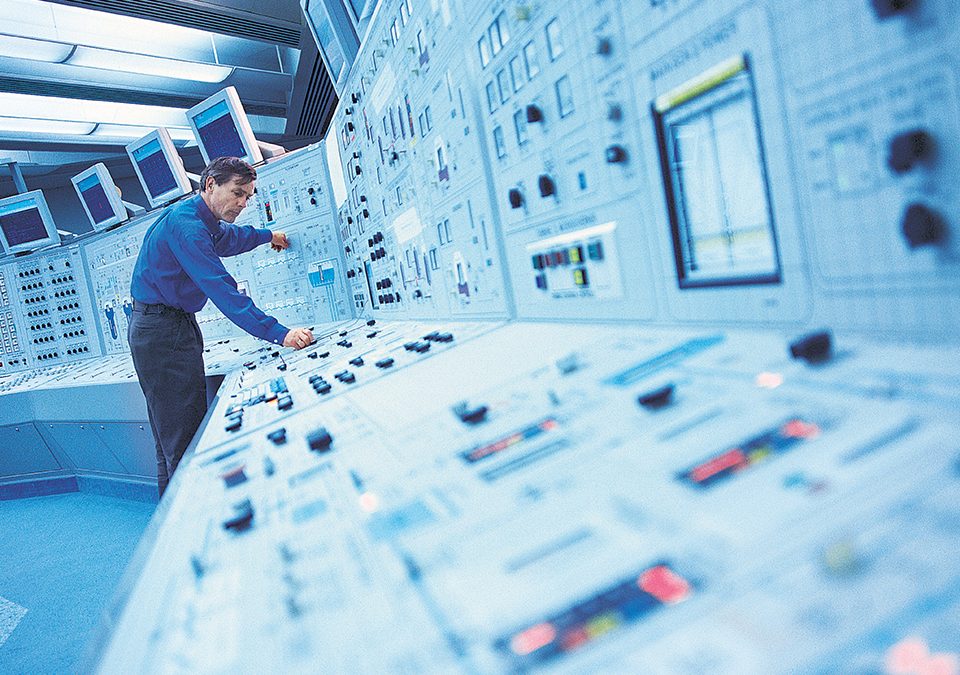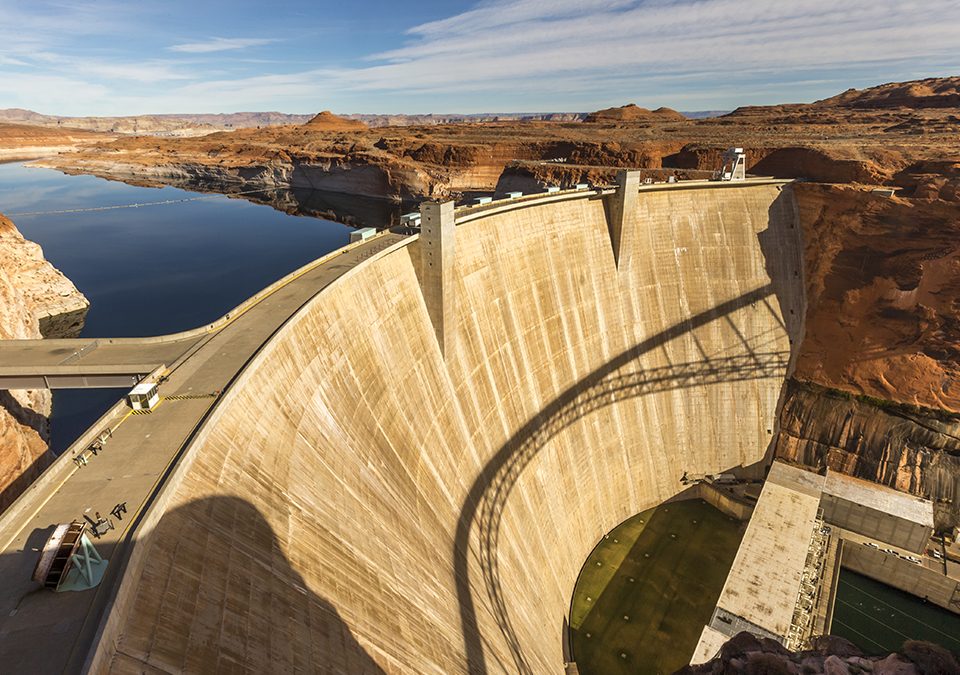U.S. Acts to Secure Domestic Sources of Rare Earth Minerals
U.S. Takes Steps to Reclaim International Nuclear Energy Mantle
July 8, 2020OP-Ed: Robbing Peter to Pay Paul, Even More -Arkansas Public Service Commission rules that all ratepayers must subsidize solar owners
July 20, 2020We’ve written previously about our dangerous dependence on China for its supply of so-called rare earth elements. This dependency has become a significant problem as the coronavirus epidemic has disrupted global supply chains of these critical minerals from China. Fortunately, the Trump Administration has taken steps to safeguard supply chains through executive actions to reduce reliance on China for these all-important materials.
Rare earth elements (REEs) consist of 17 elements that exist in low concentrations below the surface. These minerals aren’t as rare as their name implies, but they are difficult and expensive to extract. As a result, the U.S. doesn’t have a reliable domestic source of these critical minerals resulting in around 80% of them being imported from China.
As the Department of Energy (DOE) duly notes, rare earth minerals “… are used in many products critical to the American energy economy. For example, essential materials like lithium and cobalt are vital to manufacturing lithium-ion batteries used for electric vehicles and grid energy storage. The demand for these resources continues to grow.
The DOE has developed a plan called “A Federal Strategy to Ensure Secure and Reliable Supplies of Critical Minerals.” The DOE’s bold initiative intends to encourage innovation by partnering with the private sector to diversify supply, develop substitutes, and incentivize the recycling of rare earth elements. Ensuring a domestic supply of rare minerals will allow the U.S. to produce electric vehicle batteries and other clean energy technology components.
The Dept. of Energy will be researching ways to extract rare earth minerals from previously unused sources, such as untapped coal reserves. Research done by the DOE’s National Energy Technology Laboratory has served as an impetus for these discoveries.
Research is underway at other DOE facilities as well. For example, the DOE’s Oak Ridge National Laboratory is working on a project to capture lithium (an important battery component) from waste generated from geothermal energy plants – a project indicative of the DOE’s creative approach to extracting minerals from unconventional resources.
Another layer to the DOE’s strategy to ensure rare earth mineral supplies is to develop viable substitutes. The department’s Ames Laboratory is working to produce the high-performance magnets used in renewable energy technologies. Experts have suggested that these magnets can be fabricated using an alloy of iron and nickel, which are abundant here in the U.S. If the investment at Ames yields success, the dividend could be a lucrative domestic magnet industry.
Finally, the DOE’s research strategy will involve finding ways to recycle critical minerals. There are two projects underway illustrating great promise. The first project consists of shredding dated computer hard drives into scrap material and utilizing a recycling process to retrieve rare earth minerals from the scrap material. The other project is to recover nickel, cobalt, and manganese from disassembled electric vehicle battery packs. These two recycling projects have the potential to generate highly pure minerals at low costs.
Innovation, combined with private sector investments, has made the U.S. a world leader in energy production. If we want that trend to continue, we must secure a domestic pipeline of these critical rare earth minerals. Fortunately, the Department of Energy has taken the initial steps necessary to ensure this long-term supply and thus be a crucial variable in the future equation producing an affordable and reliable energy source.



